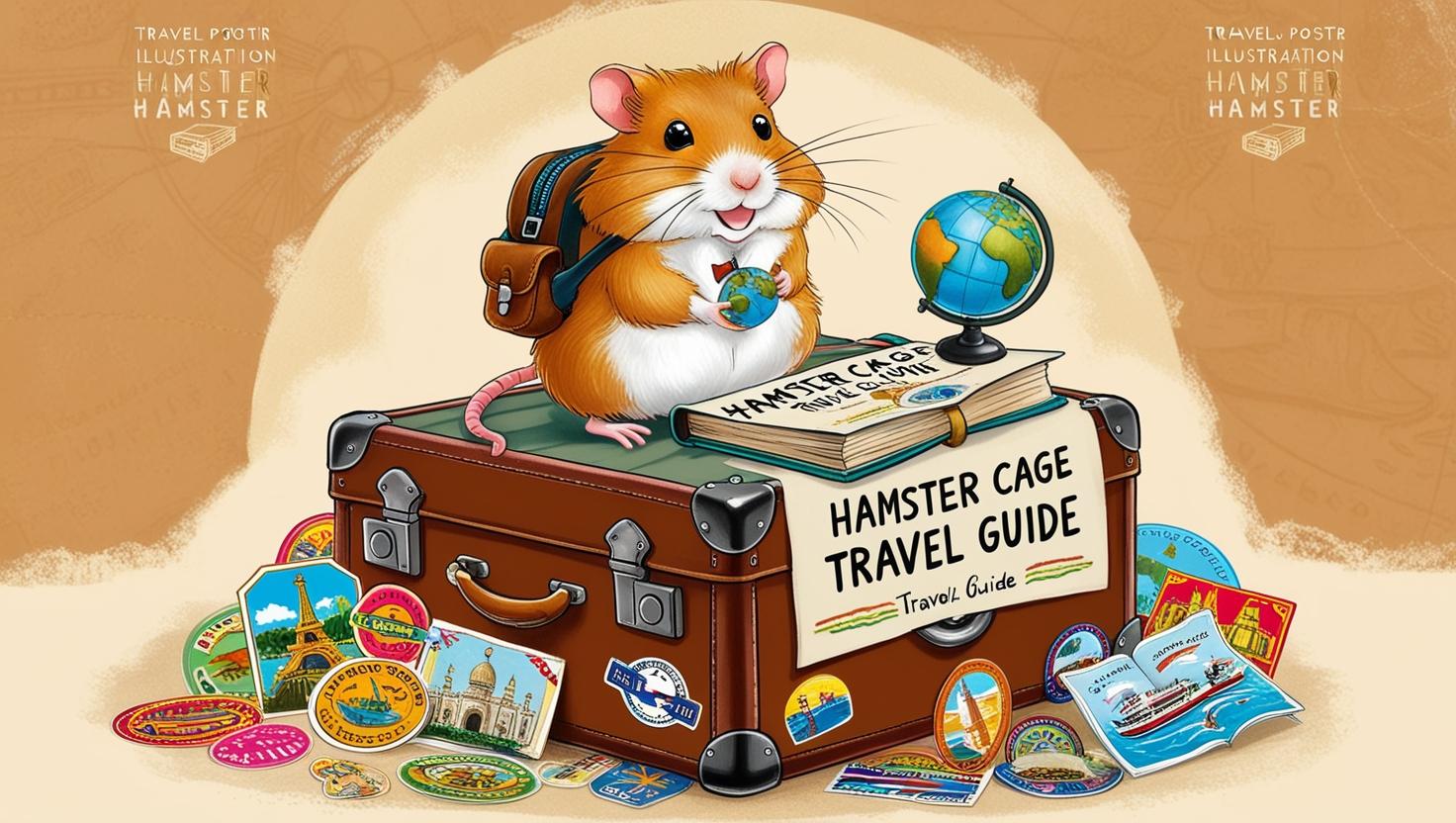
As a dedicated hamster parent, your furry friend’s well-being is always a top priority. We meticulously research the best cages, curate perfect diets, and shower them with love and enrichment. But have you ever considered how you would ensure their safety and comfort while traveling?
As a dedicated hamster parent, your furry friend's well-being is always a top priority. We meticulously research the best cages, curate perfect diets, and shower them with love and enrichment. But have you ever considered how you would ensure their safety and comfort while traveling? Whether it's a planned vacation, a family visit, or an unexpected emergency, knowing how to travel with your hamster is essential. This comprehensive guide will equip you with everything you need to know, from choosing the right travel cage to keeping your hamster safe and comfortable on the road.
Preparing for Takeoff: Setting Up the Perfect Hamster Travel Cage
Choosing the right travel cage is crucial for your hamster's well-being. Unlike their spacious home, a travel cage needs to be secure, well-ventilated, and easy to transport. Let's explore some suitable options:
Barred Cages: A Home Away from Home
Barred cages offer excellent ventilation, crucial for preventing overheating during car rides. Here are some top picks: For Dwarf and Robo Hamsters:
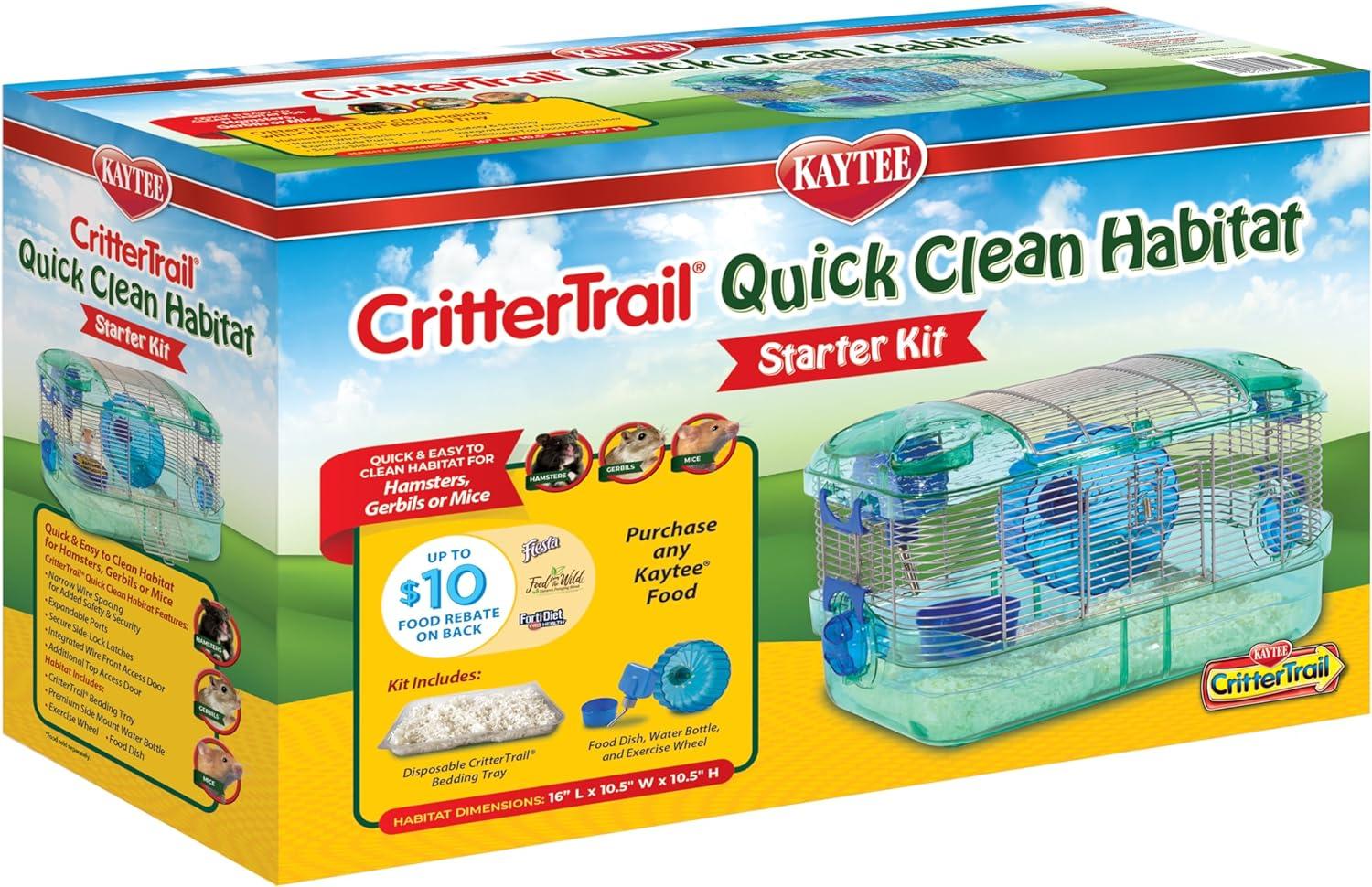
Kaytee CritterTrail Quick Clean Habitat for Pet Gerbils, Hamsters or Mice
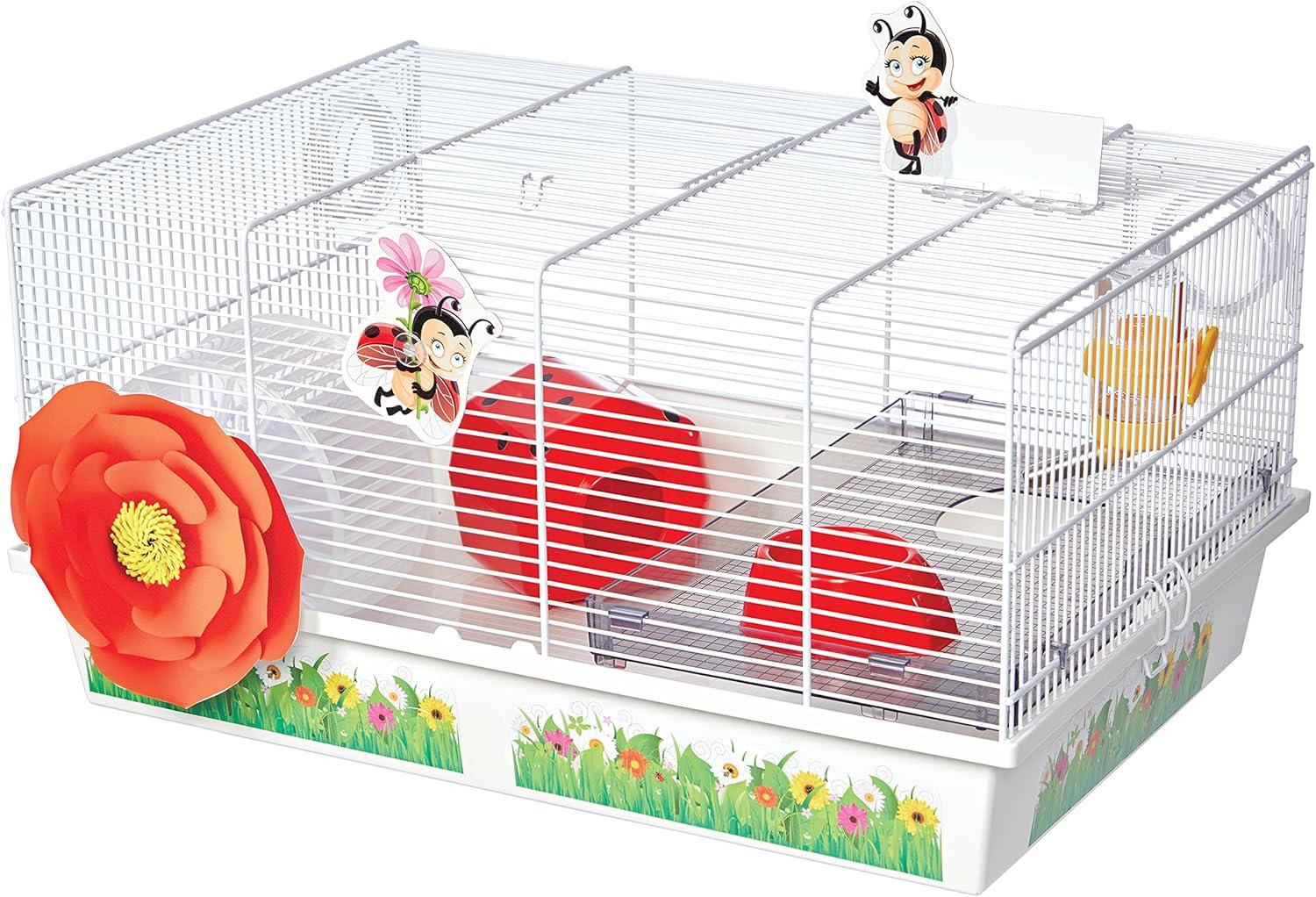
Midwest Homes for Pets Hamster Cage | Lovely Ladybug Theme | Accessories & Decals Included
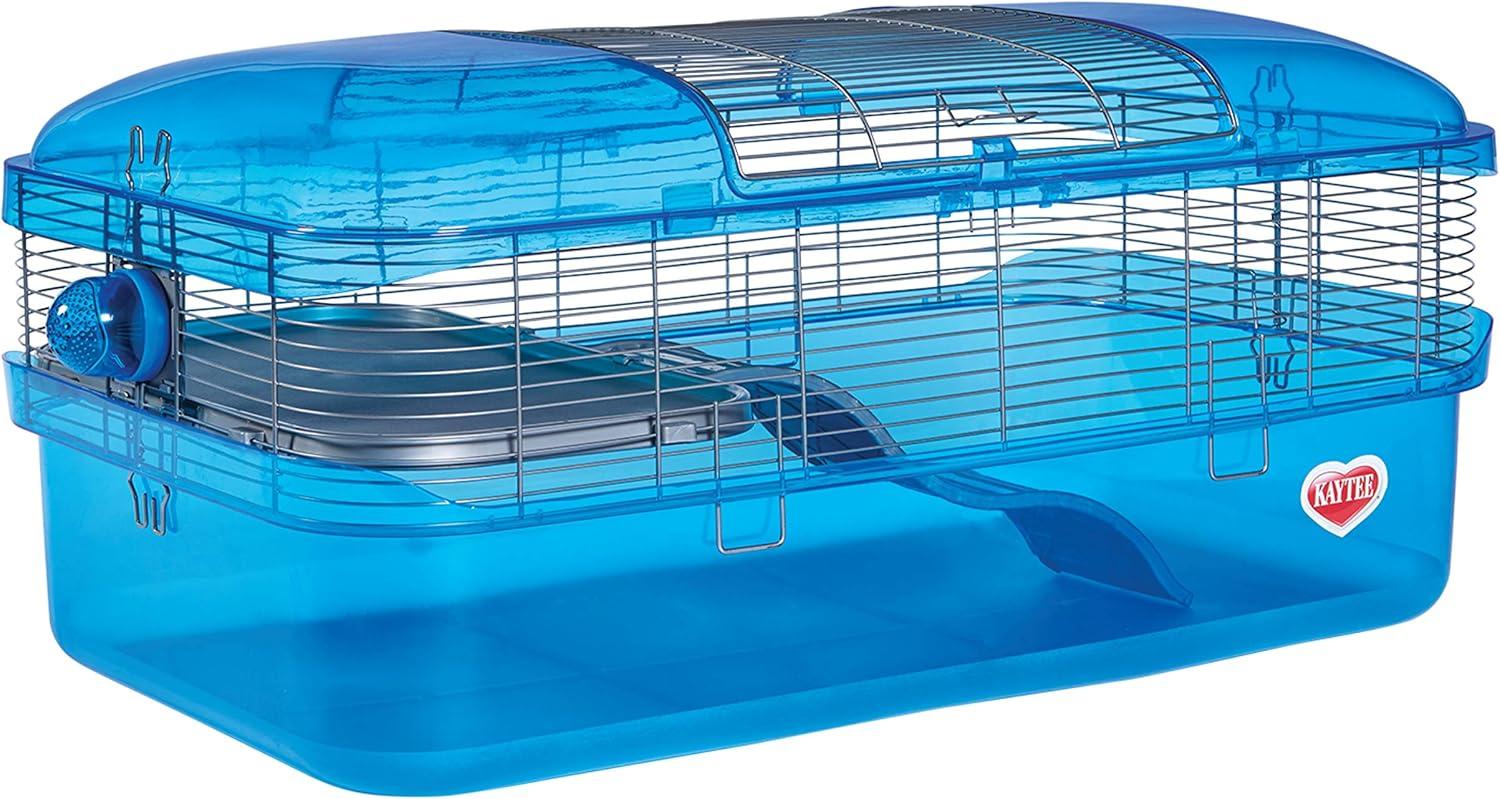
Kaytee CritterTrail SUPER Habitat for Pet Gerbils, Hamsters or Mice
- Kaytee Crittertrail Quick Clean Cage: Compact and easy to transport, this cage is ideal for short trips. Upgrade the wheel to a comfortable 8" Prevue Quiet Wheel for optimal comfort.
- Pro-Tip: Consider purchasing a used Kaytee Crittertrail at a discounted price from platforms like eBay or Facebook Marketplace.
- MidWest Brisby Cage / Favola Hamster Cage: This cage offers a bit more space for your hamster while remaining manageable for travel. Remember to discard the second level, install a larger wheel (a 9" Silent Runner is a great fit), and replace the less-than-ideal water bottle.
- Kaytee CritterTrail SUPER Habitat: This option provides ample space for a comfortable journey, exceeding the minimum space requirement of 450 sq inches. While not suitable for long-term housing, it's an excellent choice for travel. Opt for a 10" Silent Spinner or 9" Silent Runner wheel, as a 12" wheel might not fit.
For Syrian Hamsters:
- Prevue 528: A spacious and well-ventilated option for Syrian hamsters, the Prevue 528 offers ample space for a comfortable journey. It's even tall enough to accommodate a 12" wheel!
- Multi-level Kaytee Crittertrail (modified): By removing the levels and tubes and installing a larger wheel (a 12" wheel is ideal), the multi-level Kaytee Crittertrail can be transformed into a suitable travel cage for a Syrian hamster. Remember to block off any tube entries to prevent your hamster from getting stuck.
Travel Bin Cages: DIY Comfort for Your Furry Friend
Travel bin cages offer a customizable and affordable option. Ensure adequate ventilation and consider these factors:
- Temperature Control: Bin cages can overheat quickly in a car. Place the cage near your seat to monitor temperature and ensure it remains within a comfortable range.
- DIY Tips: Numerous online resources, like the video from Hammy Time, offer excellent guidance on creating safe and comfortable travel bin cages.
Essential Tips for Safe and Comfortable Travel
No matter your chosen cage, prioritize your hamster's safety and comfort during your travels:
- Temperature Monitoring: Hamsters are highly sensitive to temperature fluctuations. Invest in a Bluetooth thermometer, like the one from Govee, to monitor the temperature inside the cage and ensure it stays within the 65-75°F range.
- Secure Belongings: Remove heavy items like sand baths, ceramic or wooden hides, and unsecured accessories from the cage while driving to prevent potential injuries.
- Hydration on the Go: Instead of a water bottle, offer cucumber slices for hydration. Hamsters can injure themselves drinking from a water bottle while the car is in motion.
- Overnight Accommodations: Research pet-friendly hotels in advance. La Quinta Inns are an excellent option with no additional pet fees, while Hilton's Home2Suites offer spacious studio-style rooms with mini-kitchens, perfect for managing fresh food and refrigerated medications.
Emergency Preparedness: Be Ready for Anything
While we hope for the best, it's wise to be prepared for unexpected events:
- Emergency Travel Kit: Keep a dedicated hamster travel kit stocked with bedding, food, chew toys, and a copy of your hamster's medical records. Store it in an easily accessible location, ready to grab and go in an emergency.
- Hamster Care Sheet: Create a detailed care sheet outlining your hamster's daily routine, dietary needs, and any specific care instructions for your pet sitter.
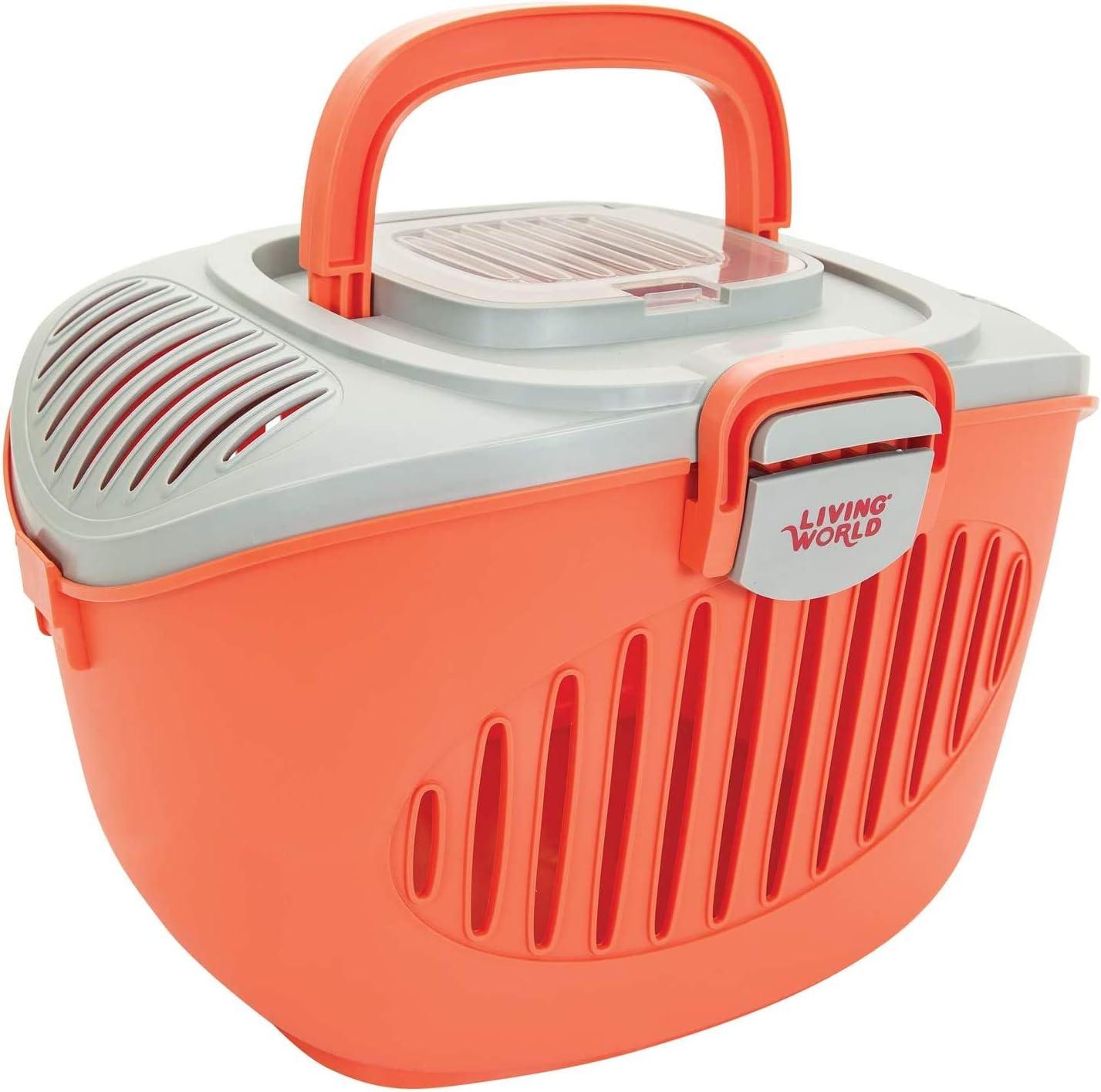
Living World 60899 Paws2Go Small Animal Carrier, Grey/Red
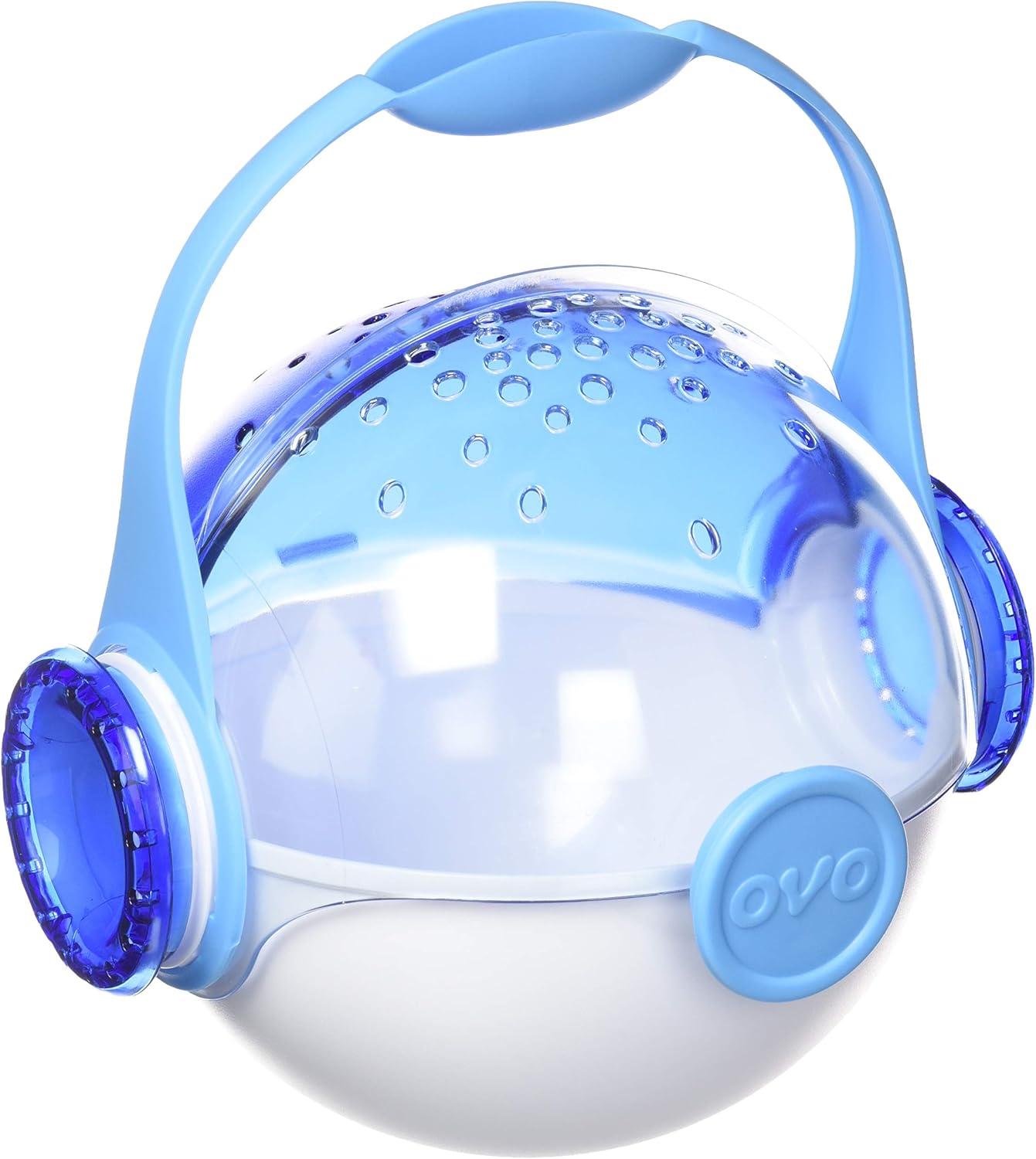
OVO Transport Unit for Hamster Cage, Small Animal Habitat, Hamster Accessories
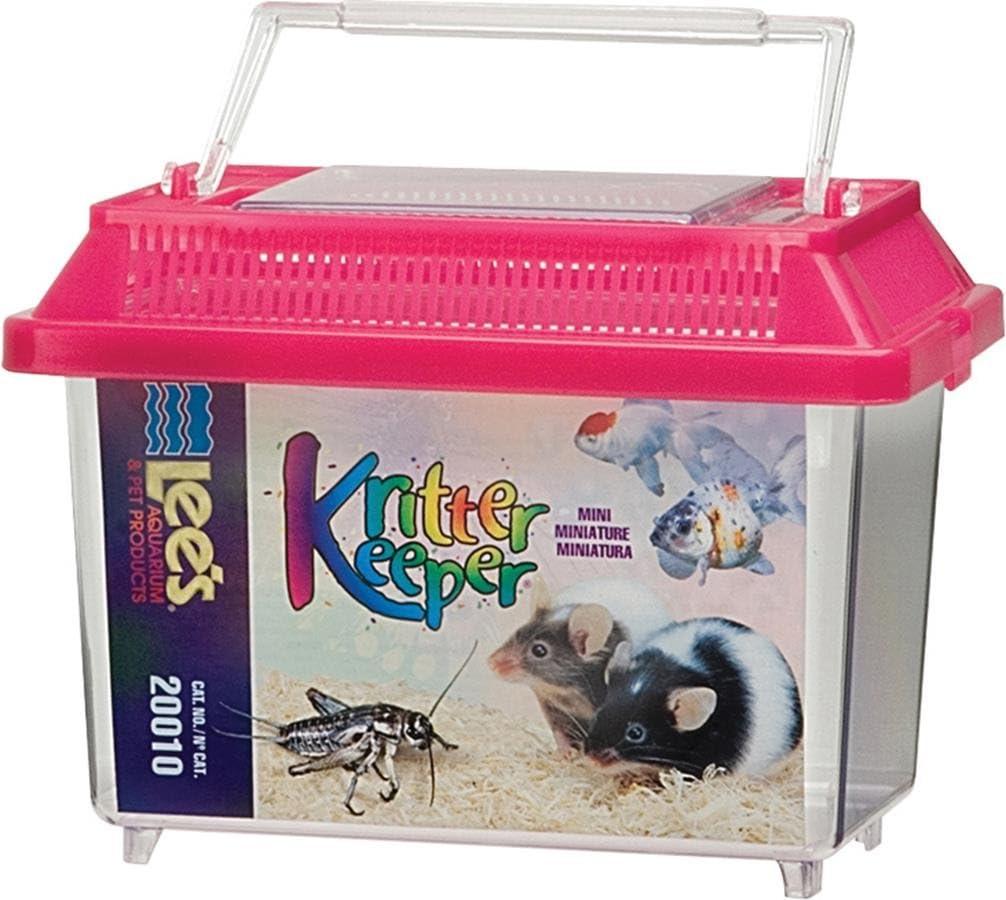
Lee's Kritter Keeper, Mini Rectangle w/Lid ( Colors May Vary )
How to setup Hamster Cage Travel: A Step-by-Step Guide to Setting Up Your Hamster Cage
So, you're welcoming a hamster into your life – how exciting! Choosing the right hamster cage and setting it up properly is crucial for your furry friend's happiness and well-being. It's about more than just tossing in some bedding and a wheel; it's about creating a stimulating and enriching environment where your hamster can thrive. As an experienced hamster parent and advocate for these adorable creatures, I'm here to guide you through each step, ensuring your hamster's new home is safe, fun, and bursting with hamster-approved features. Let's dive in!
Step 1: Laying the Foundation - Platforms and Cage Essentials
Before you even think about bedding, visualize the layout of your hamster cage. Think of it as designing a tiny, awesome apartment for your furry friend. My top tip? Platforms! Platforms are game-changers. They maximize space, providing ample burrowing room underneath and a surface for hides, sand baths, and other fun additions. You can find pre-made platforms or unleash your creativity and craft your own using safe materials like untreated wood and non-toxic glue.

- Platform Power: Platforms create multi-level fun, encouraging your hamster's natural instincts to climb and explore.
- Placement is Key: Strategically place platforms to create different zones within the cage – one for sleeping, one for playing, and so on.
- Essential Extras: Now's the time to incorporate other must-haves like a spacious sand bath (hamsters love to keep clean!), a sturdy wheel for those nightly zoomies, and multiple hides for a sense of security.
Step 2: Bedding Bliss - Creating a Cozy and Enriching Substrate
Now for the fun part – bedding! The type of bedding you choose directly impacts your hamster's burrowing experience, so it's crucial to get it right. I always recommend a mix of textures for added enrichment. Here's what I use in my hamster cages:
- Paper Bedding: White, unscented paper bedding is my go-to base. It's soft, absorbent, and allows me to easily spot-clean any messes.
- Hemp Bedding: A layer of hemp bedding adds another dimension of texture and is great for foraging.
- Moss: Both sheet moss and loose sphagnum moss provide a touch of natural softness and humidity, perfect for burrowing and nesting.
- Digging Delights: A dedicated digging area with coconut soil or cork granules encourages your hamster's natural digging instincts.
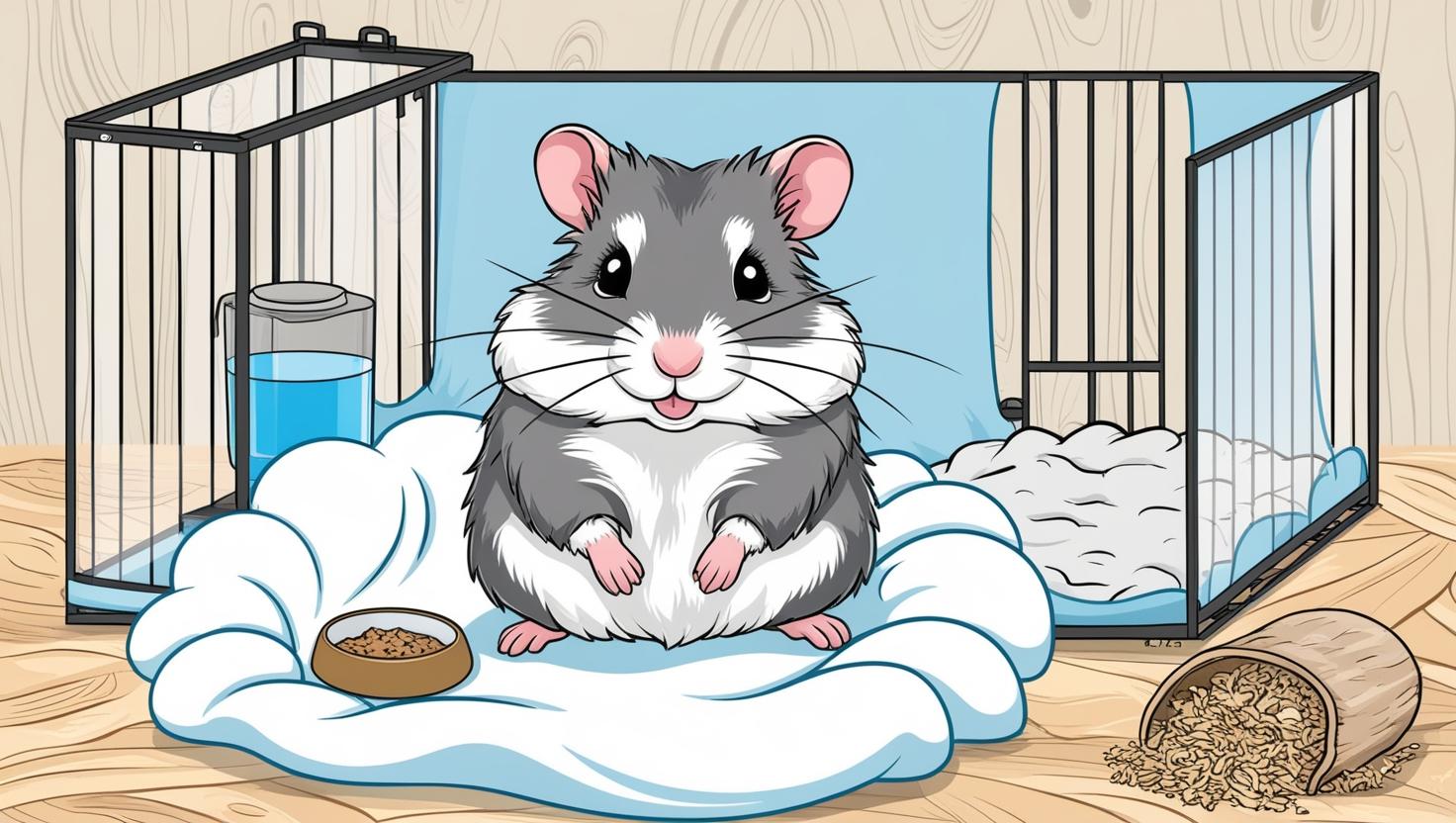
hamster kit Remember, avoid using pine or cedar shavings – they can be harmful to hamsters. Also steer clear of cotton fluff bedding, which poses a serious health risk.
Step 3: Putting It All Together - Final Touches and Hamster-Proofing
With the bedding in place, it's time to add the finishing touches. Arrange your chosen hides, toys, and accessories, ensuring everything is secure and accessible.
- Bridge Building: Use bendy bridges to connect platforms and create exciting pathways for your hamster to navigate.
- Seed Sprays and Hamster Flowers: These natural additions provide foraging fun and a touch of whimsy to your hamster's habitat.
- Safety First: Ensure there are no dangerous gaps or high drops where your hamster could get injured.
Step 4: Welcome Home, Little One! - Observation and Adjustments
The moment you've been waiting for – introducing your hamster to their new home! Observe your hamster closely as they explore their new digs. Do they seem comfortable using the platforms and bridges? Can they easily access their food, water, and hides? Don't be afraid to make adjustments based on your hamster's behavior. For instance, you can add cork or nail file paper to slippery surfaces for better grip. A Wyze camera is an invaluable tool for observing your hamster's nocturnal activities. It's amazing what they get up to when they think you're not watching!
Creating a Hamster Haven: A Continual Journey
Setting up a hamster cage is an ongoing process of learning and adapting to your hamster's needs and preferences. Embrace the journey, and remember – a happy hamster is an active and engaged hamster!
Peace of Mind on the Road
Traveling with a hamster requires careful planning and consideration. By selecting the appropriate travel cage, monitoring temperature, and taking necessary safety precautions, you can ensure a comfortable and stress-free journey for both you and your furry companion. Remember, preparation is key. A well-planned trip will allow you to focus on what truly matters - creating new memories with your beloved hamster by your side. Do you have any tips for traveling with hamsters? Share your experiences and advice in the comments below!
